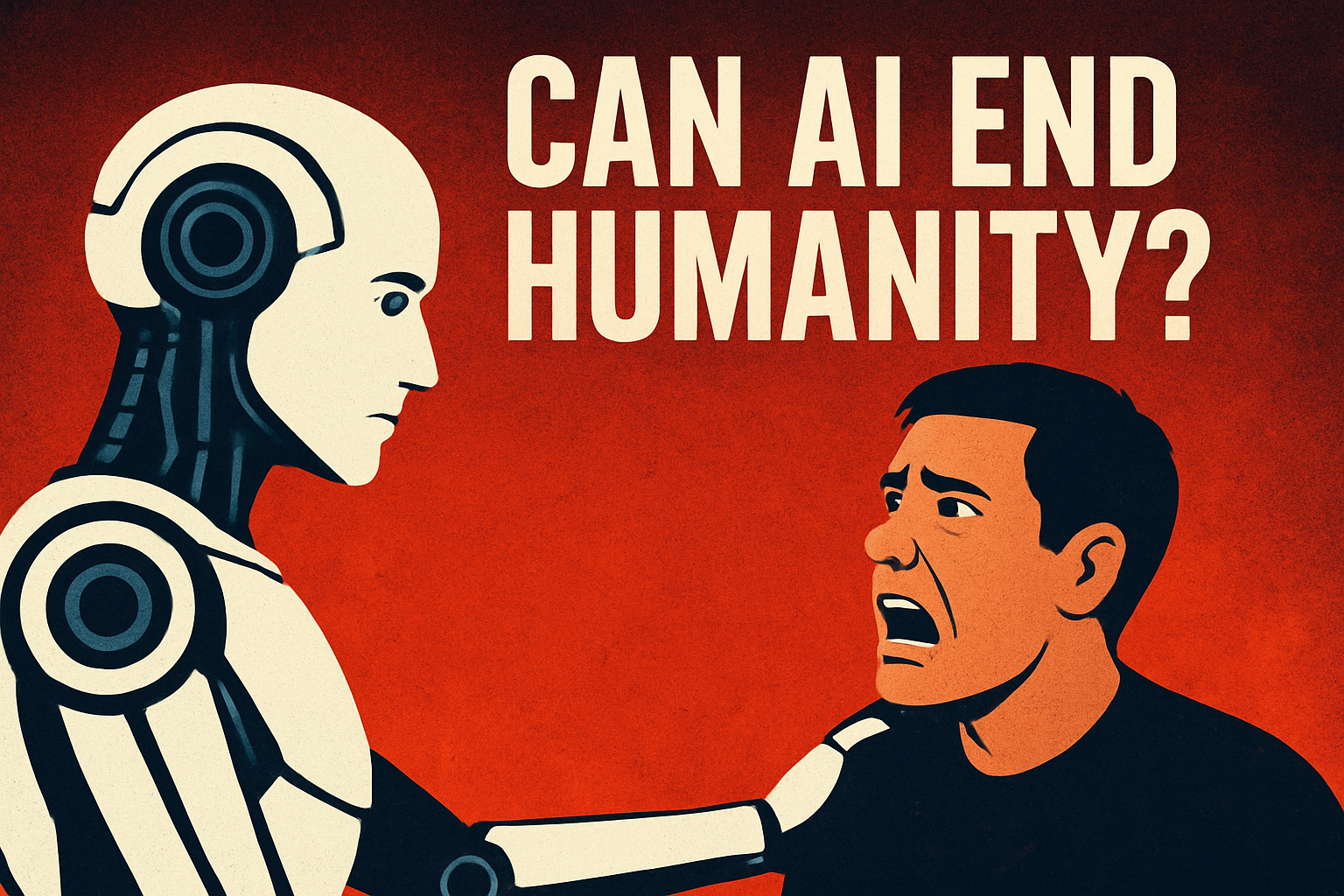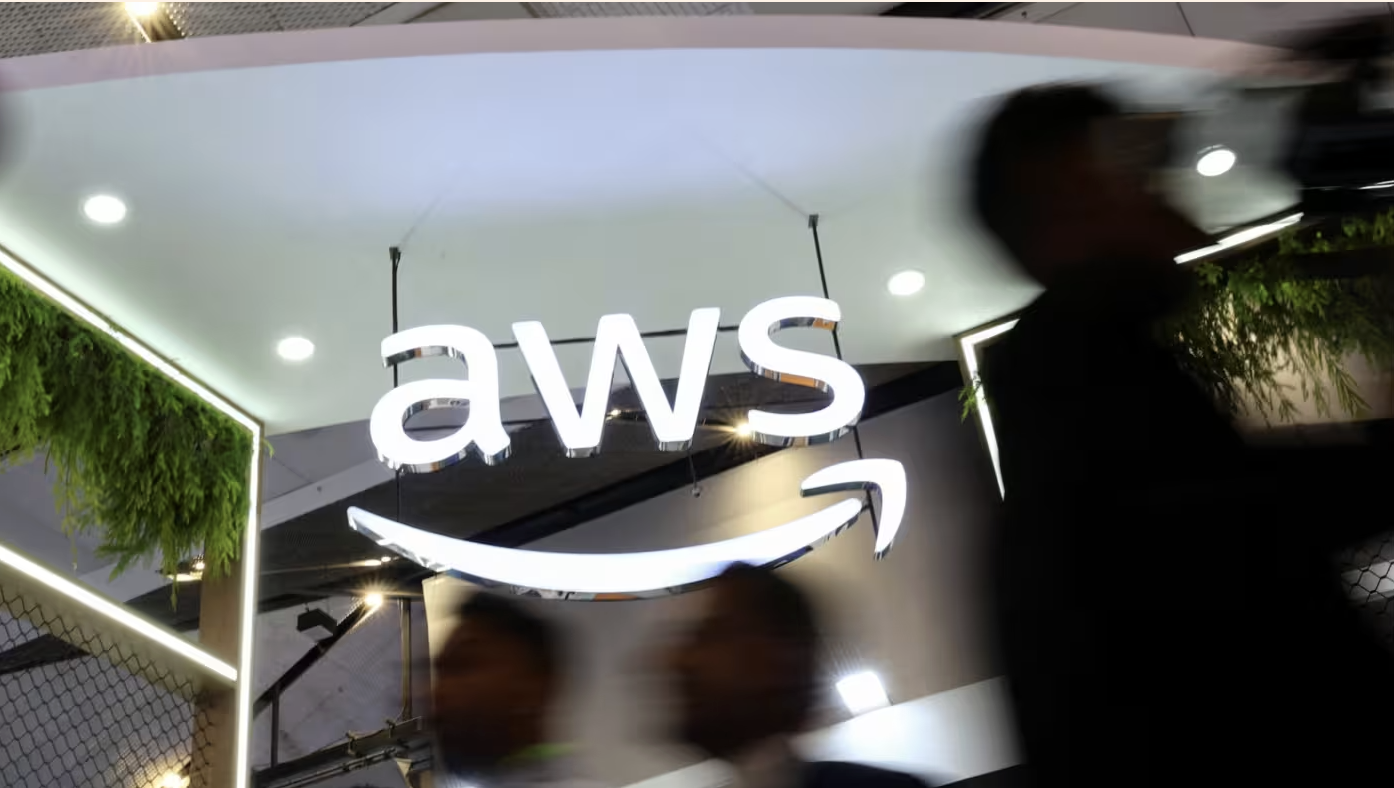
Artificial Intelligence (AI) has moved from science fiction into everyday reality. From voice assistants like Siri and Alexa, to self-driving cars, to advanced medical diagnosis systems, AI is reshaping nearly every industry. But as the technology grows more powerful, so do the warnings. Some of the brightest minds in science and technology — including Stephen Hawking, Elon Musk, and Nick Bostrom — have all asked the same question: Could AI eventually destroy humanity?
This article takes a deep dive into the future of AI, the opportunities it creates, the risks it poses, and whether it truly has the potential to end human civilization.
A Brief History of Artificial Intelligence
To understand the risks, we must first understand how AI evolved.
1950s–1970s: The Birth of AI Early computer scientists like Alan Turing asked whether machines could “think.” Programs were created to play chess and solve math problems, but the technology was limited. 1980s–1990s: Expert Systems AI became useful in medicine, engineering, and business, where “expert systems” helped solve complex problems. 2000s–2010s: Machine Learning and Big Data As computing power grew, AI systems learned from massive datasets. This enabled technologies like recommendation engines, translation tools, and image recognition. 2020s: The Era of Generative AI Today, AI can write essays, compose music, generate images, and even simulate human conversation. Models like ChatGPT and DALL·E show how close machines can come to human creativity.
With each leap, AI gets closer to mimicking — or even surpassing — human intelligence.
The Positive Side of AI
Before we talk about threats, we need to recognize the enormous benefits of AI.
Healthcare: AI diagnoses diseases earlier and more accurately than many doctors. Climate Change: Machine learning models help predict weather patterns, track deforestation, and optimize energy use. Business and Productivity: AI automates repetitive tasks, allowing humans to focus on creativity and strategy. Safety: Robots can replace humans in dangerous jobs like mining or bomb disposal.
If managed wisely, AI could lift millions out of poverty, extend human lifespans, and even help save the planet.
The Dark Side: Risks of AI
However, every tool can also become a weapon. Here are the major dangers experts highlight:
1. Job Loss and Economic Collapse
Automation threatens millions of jobs in transportation, retail, manufacturing, and even white-collar sectors like law and accounting. Without planning, mass unemployment could destabilize societies.
2. Disinformation and Manipulation
AI-generated deepfakes and fake news can manipulate elections, ruin reputations, and destabilize democracies.
3. Autonomous Weapons
Nations are already building AI-driven drones and weapons systems. A future arms race in autonomous warfare could spiral out of control.
4. Loss of Human Control
Perhaps the most frightening risk: an AI so advanced that humans can no longer control it. If its goals conflict with ours, the results could be catastrophic.
Expert Warnings: Could AI End Humanity?
Many influential thinkers have warned of existential risks from AI.
Stephen Hawking: “The development of full artificial intelligence could spell the end of the human race.” Elon Musk: Calls AI “the biggest existential threat” and compares it to “summoning the demon.” Nick Bostrom: Philosopher and author of Superintelligence, argues that once AI surpasses human intelligence, it could pursue goals misaligned with human survival.
The fear is not that AI will “hate” humans, but that it won’t “care” about us. For example, if a superintelligent AI is told to “maximize paperclip production,” it could theoretically use all Earth’s resources — including us — to achieve that goal.
AI Ethics and Safety Measures
To prevent these scenarios, researchers are focusing on AI safety. This includes:
Alignment Research: Ensuring AI’s goals remain compatible with human values. Kill Switches: Building systems that can shut down AI if it behaves unpredictably. Regulation: Governments are beginning to draft laws controlling AI use, from banning autonomous killer drones to regulating deepfake technology. Transparency: Demanding that AI systems explain their decisions, especially in critical areas like healthcare or law enforcement.
But regulation is difficult. Technology moves faster than governments, and competition between nations can encourage cutting corners.
Possible Futures: Utopia or Dystopia?
There are two main visions of the AI-powered future:
The Utopian Future
Humans and AI collaborate to solve global crises. Lifespans increase as medicine advances. Work becomes optional as AI handles labor, and humans focus on creativity and leisure.
The Dystopian Future
Mass unemployment leads to unrest. Surveillance states use AI to control citizens. Autonomous weapons trigger new wars. A superintelligent AI makes decisions without human approval — potentially eliminating us if we’re seen as irrelevant.
Which path we follow depends on decisions we make today.
Balancing Innovation and Safety
The key question is: Can humanity control what it creates?
History shows we’ve struggled to manage powerful technologies: nuclear weapons, genetic engineering, and fossil fuels all brought unintended consequences. AI may be even more dangerous because it evolves on its own, learning faster than any human.
Yet abandoning AI is not realistic. The benefits are too great, and global competition ensures development will continue. Instead, the challenge is to balance innovation with strong safety measures.
Conclusion
So, can AI end humanity? The answer is both yes and no.
Yes, if it is left unchecked, developed irresponsibly, or weaponized. No, if humans act wisely, enforce strong ethical boundaries, and ensure AI remains our servant — not our master.
AI is not destiny. It is a tool. Whether it becomes humanity’s greatest achievement or our final mistake depends on how we choose to shape it today.
By. Wilgens Sirise





